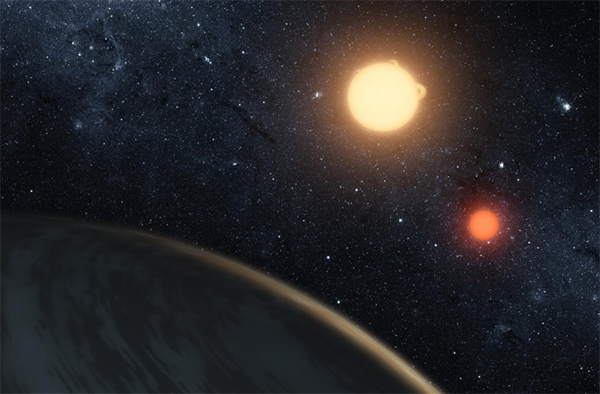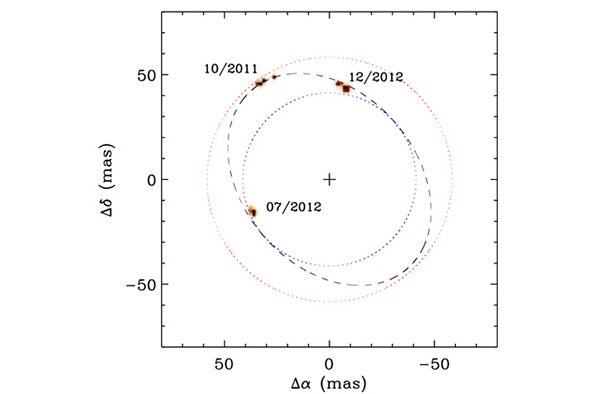Binary Star Imaging to Revolutionize Exoplanet Hunt?
By combining two cutting-edge astronomical techniques, researchers of the University of California, Berkeley, the SETI Institute and their international collaborators have been able to, for the first time, resolve the visible light of the two stars in the famous Capella binary system. Now it is hoped that the method will be used to seek out and directly image dim exoplanets that orbit bright stars.
Located some 43 light-years from Earth, Capella is the brightest “star” in the constellation Auriga. However, Capella is actually two stars but they orbit so close, approximately the distance of Venus’ orbital distance from the sun, that their combined light ensures they cannot be resolved individually.
This poses an interesting problem for astronomers. Often exoplanets, circumstellar dust and other stellar partners remain invisible, masked by the overwhelming brightness of the parent stars, but as this Capella test has confirmed, it is possible to resolve individual stellar objects in close proximity to one another.
Until now, the binary star system Capella appeared in visible light telescopes as a single ‘star’ larger than the red dotted circle. FIRST was able to resolve the two stars and, based on six individual observations at three different times over a 14 month time period, confirm the proposed elliptical orbit of one of these stars around its companion.
Gaspard Duchene/UC Berkeley and Franck Marchi/SETI Institute
Three years ago, the Fibered Imager foR Single Telescope (FIRST) prototype instrument was attached to the Shane 3-meter telescope at the University of California Lick Observatories in San Jose, Calif. Now, an upgraded version of FIRST has been installed at the powerful 8-meter Subaru telescope in Hawaii. It is hoped one day that the instrument will be able to resolve dim, Earth-sized worlds orbiting M-class dwarf stars — a type of star that is of increasing interest to exoplanet hunters.
“With the FIRST instrument at Subaru telescope, we expect to be able to resolve giant and super giant stars and observe the close environment of debris disks around young stars,” said SETI Institute astronomer Franck Marchis, co-author of the study to be published in the journal Astronomy and Astrophysics.
FIRST combines the power of interferometry with the resolving prowess of adaptive optics. Both Shane and Subaru telescopes are fitted with adaptive optics, a laser system that adapts the telescopes’ optics to counteract turbulence in the Earth’s atmosphere.
By using ultra-fine optical fibers feeding into the back of the telescopes’ mirrors at 18 different points, extreme contrast between light (star) and dim (potential exoplanets) objects can be attained. This form of interferometry allows the light being collected from different parts of the mirror to interfere with itself, creating high-resolution images. FIRST also collects spectroscopic data from its targets, giving astronomers information about stellar composition and, potentially, exoplanet atmosphere composition.
The power of the system is tremendous. Detail in binary star systems, protoplanetary dust, even surface features in bloated red giant stars can be attained, but the system will need some refinement before exoplanetes can be resolved.
Currently, the FIRST system can resolve objects that differ in brightness by 50-100 times. This is good, and can be used to easily distinguish between the stars in Capella. But in the case of exoplanets, where orbiting Jupiter-sized worlds are 10,000-100,000 times dimmer and Earth-size planets are a million times dimmer than their host stars, FIRST is woefully under powered.
So, what’s the solution? More optical fibers. Lots more optical fibers.
“If we could add enough fibers, we could get very high contrast; that is the goal,” said lead researcher Gaspard Duchêne of UC Berkeley. “If we can scale this up to look for planets, it would be very, very exciting.”(Dec 17, 2013 01:12 PM ET // by Ian O'Neill)













